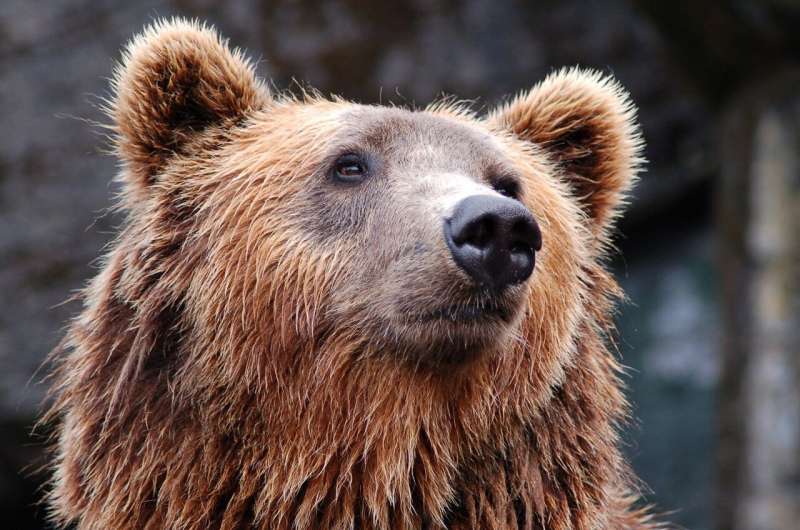Credit: Pixabay/CC0 Public Domain
Federal agencies are yet again considering plans to bring grizzly bears home to the deep forested valleys of the North Cascades where they once thrived.
The National Park Service and U.S. Fish & Wildlife Service announced Thursday they would look at the options to bring back the big brown bears.
"This is a first step toward bringing balance back to the ecosystem and restoring a piece of the Pacific Northwest's natural and cultural heritage," Superintendent Don Striker of North Cascades National Park said in a news release. "With the public's help we will evaluate a list of options to determine the best path forward."
Back in 2014, federal officials announced a grizzly recovery study. In mid-2017, officials from the U.S. Department of the Interior, without clear explanation, halted progress on the recovery efforts. The process kicked back into gear in 2019, but that effort was again squelched by the Interior in 2020.
Now, the North Cascades Ecosystem Grizzly Bear Environmental Impact Statement (EIS) process is back on. This time around, the process will include considering a nonessential experimental population designation under the Endangered Species Act, which would give local land managers more options for managing grizzlies.
Under the proposal, the National Park Service and Fish and Wildlife would capture bears from either British Columbia or the Northern Continental Divide. About three to seven would be released in the North Cascades each year, over the course of about five to 10 years. The agencies would aim to establish an initial population of 25 bears.
Within a century, the agencies would aim to have a population of about 200 bears.
Grizzly bears roamed across the North Cascades for thousands of years before humans hunted them to near-extinction.
The bears were a critical part of the ecosystem, eating berries and distributing the seeds in their scat, and keeping small animal populations in check. According to the National Park Service, the last confirmed sighting of a grizzly bear in the U.S. portion of the North Cascades was in 1996.
Biologists last estimated that fewer than 10 grizzly bears remain in the North Cascades, the most at-risk bear population in North America.
Four virtual public meetings will be held to gather input on the proposal over the next two weeks. People are also invited to submit comments online.
(c)2022 The Seattle Times
Distributed by Tribune Content Agency, LLC.





















